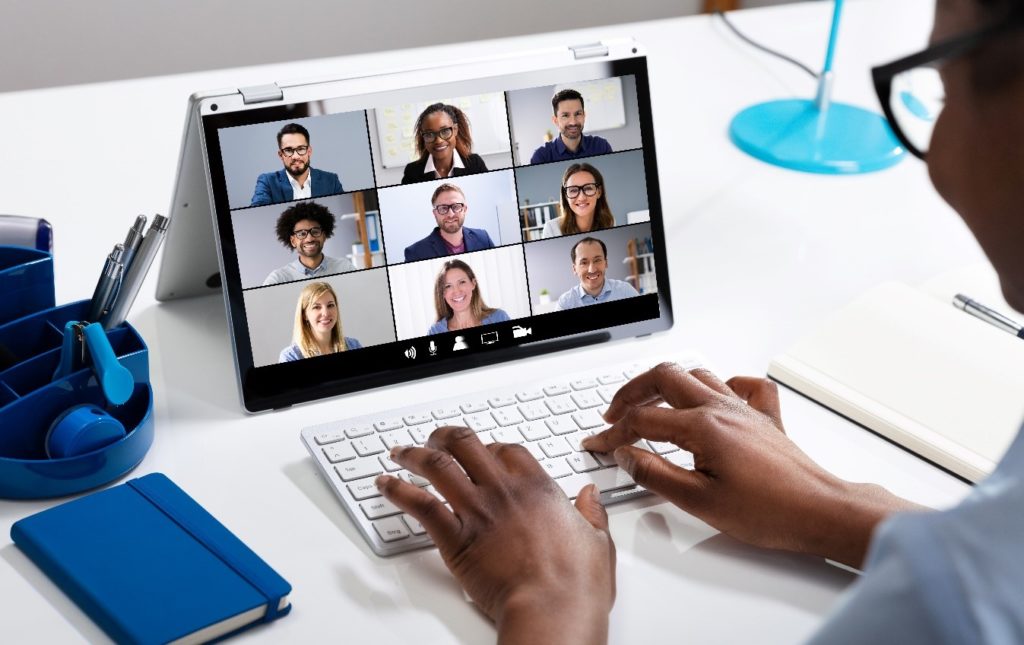Member Blog By: Stephen Kota
Online video has taken center stage for many during the coronavirus crisis. The average American now watches at least eight hours of online video every day, which three quarters say is more than they watched before the crisis. People are also spending more time using video conferencing platforms like Zoom and more money on video technology like smartphones.
The current crisis accelerated a trend towards online video content that emerged long before coronavirus. An increase in video content, as well as a shift in the way people watch online videos, triggered a massive uptick in mobile video traffic in the last few years. By the start of 2020, for example, almost two thirds of all traffic over mobile internet were already video content.
But video traffic on mobile networks has only increased as quarantines and lockdowns force more people inside. Video traffic increased by more than a third on Verizon’s 4G LTE network in March, for example. For many people, video streaming helps them stay up to date on the latest coronavirus news and keeps them entertained during the long days stuck at home.
People in rural areas have fewer internet options for video streaming
To watch online video, you need a fast internet connection. To watch standard definition (480p) video, for example, you need an internet connection with a download speed of at least 3 Mbps. To watch high definition (720p or 1040p) video, you need a download speed of at least 5 Mbps. And to watch ultra-high definition (UHD or 4K) video, you need a download speed of 25 Mbps.
 Unfortunately, there are only a couple of internet options this fast that are available for people in rural areas: satellite internet and fixed wireless internet (fixed 5G or 4G LTE). The satellite internet video experience is often quite poor since the connection’s high latency causes lags and buffers. A fixed wireless internet connection has faster speeds and lower latency – which provides a better video experience for people who can’t access wired internet like cable.
Unfortunately, there are only a couple of internet options this fast that are available for people in rural areas: satellite internet and fixed wireless internet (fixed 5G or 4G LTE). The satellite internet video experience is often quite poor since the connection’s high latency causes lags and buffers. A fixed wireless internet connection has faster speeds and lower latency – which provides a better video experience for people who can’t access wired internet like cable.
Mobile networks are staying strong despite coronavirus
From January 27 to March 29, Opensignal measured average 4G LTE download speeds in a handful of countries. The study found that while 4G LTE speeds decreased in Malaysia, Sri Lanka, and the United Kingdom as the consumption of video data increased in those countries, the average download speed in the United States stayed steady throughout March.
On some networks, internet speeds even increased alongside video traffic. To meet the demands of the crisis, mobile internet providers have been rapidly increasing the capacities of their cell towers. T-Mobile, for example, doubled its 600 MHz 4G LTE download speeds from 10 Mbps to 20 Mbps in just three days in March by adding new frequency bands to its network.
Get fixed wireless internet for your rural quarantine
Are you planning on watching a lot of video during the coronavirus crisis? Fixed wireless internet is the best option for rural areas that don’t have access to wired internet connections. Find out more about 5G and 4G LTE options in your area by starting a chat at www.evdodepotusa.com or giving us a call at (866) 439-6630.

